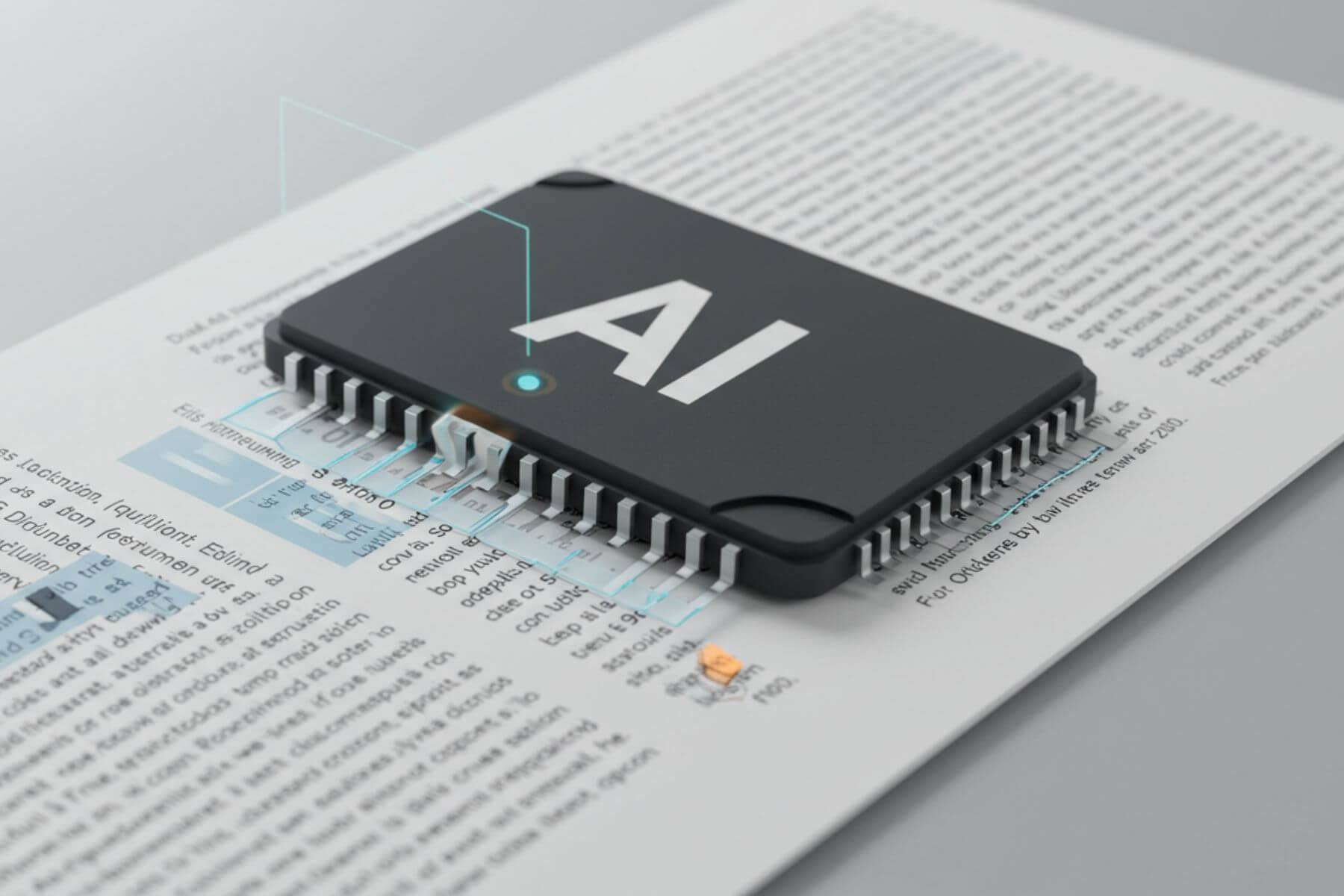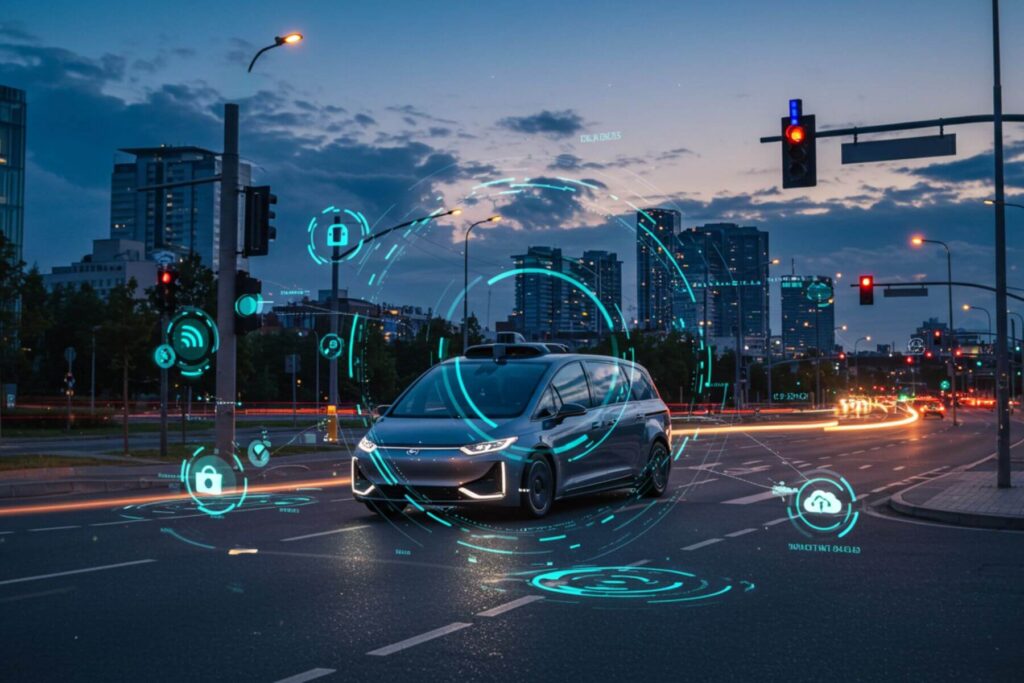In 2025, ChatGPT has become more than just a chatbot; it’s now a vital tool that professionals across industries rely on every day. From automating reports to brainstorming creative ideas, ChatGPT has proven its worth in helping people save time, reduce stress, and focus on more meaningful tasks. Whether you work in marketing, finance, law, or customer support, there’s a good chance that ChatGPT is quietly helping professionals like you get more done, more efficiently. Here are ten powerful ways professionals are using ChatGPT at work in 2025.
1. Drafting and editing business documents
Writing emails, proposals, and presentations can eat up a lot of valuable time. In 2025, professionals are turning to ChatGPT to quickly draft polished emails, formal letters, executive summaries, and detailed proposals. It doesn’t just write; ChatGPT can also edit your drafts for tone, clarity, and grammar. For busy professionals juggling multiple responsibilities, it acts like a personal writing assistant that never takes a break. Whether you’re revising a slide deck or sending a message to your team, ChatGPT helps ensure everything sounds clear, confident, and professional.
2. Generating reports and summaries
In many industries, generating reports is a regular part of the job. ChatGPT can now take structured or unstructured data and transform it into detailed summaries or formal reports. For example, a project manager can input meeting notes, and ChatGPT will instantly create a progress update or executive summary. Financial analysts can use it to summarize market data or investor briefings. Legal professionals are even using it to condense long case files into easy-to-read summaries. With ChatGPT, long hours of manual summarizing have been replaced by just a few minutes of guided input.
3. Brainstorming creative ideas and strategies
Creativity at work isn’t just for designers or marketers. Whether you’re trying to solve a business problem, plan a campaign, or name a new product, you need fresh ideas. ChatGPT has become a go-to brainstorming partner in 2025. Marketing teams use it to generate headlines, slogans, and ad copy. Product teams use it to explore features and user experience improvements. Even HR professionals are turning to it for employee engagement ideas. What makes ChatGPT stand out is its ability to generate lots of ideas quickly and refine them based on your feedback.
4. Coding and debugging for developers
Software developers are using ChatGPT daily to write, review, and debug code. In 2025, the model supports a wide range of programming languages and frameworks. If a developer is stuck on a bug, they can describe the issue to ChatGPT, and it will suggest possible fixes. If they need to write a function from scratch, ChatGPT can handle that too. Beyond code generation, it also helps explain complex technical concepts in simple language, making it great for both new developers and seasoned pros. It’s like having a programming co-pilot always ready to help.
5. Creating content for social media and blogs
Content creation is no longer just the job of marketers. In 2025, professionals across departments use ChatGPT to write LinkedIn posts, company blog articles, and internal communications. From outlining a thought leadership piece to writing a detailed how-to guide, ChatGPT helps users go from idea to publication quickly. It also optimizes content for search engines, making it easier to get your content seen by the right audience. Even social media managers are using it to create captions, hashtags, and content calendars tailored to different platforms.
6. Conducting research and gathering insights
When time is short but information is needed fast, professionals rely on ChatGPT to conduct preliminary research. Whether you’re preparing for a meeting, exploring a new market, or learning about a competitor, ChatGPT can gather relevant insights, summarize key points, and even suggest additional questions to ask. In 2025, its real-time knowledge integrations have made it even more powerful, offering current data and sources. This allows professionals to stay informed without spending hours sifting through search engines or reading lengthy whitepapers.
7. Automating routine administrative tasks
Many tasks in the workplace are repetitive, like scheduling meetings, managing to-do lists, or updating spreadsheets. ChatGPT has taken over many of these small but time-consuming jobs. It can coordinate calendars, write reminders, log updates in project management tools, and even generate invoices. For example, sales professionals use ChatGPT to create follow-up emails and update CRM entries automatically. This automation frees up time for high-value work, reduces errors, and keeps teams more organized. In 2025, it’s not unusual for an entire workflow to be partially powered by AI behind the scenes.
8. Improving customer support and client communication
In customer-facing roles, clear and quick communication is essential. ChatGPT is now widely used in customer support roles to help draft accurate, friendly responses to clients. It can handle common customer questions, generate replies for complex inquiries, and even help translate conversations for global support. Some companies also use it to review tone, ensuring that every message aligns with brand voice. It’s also helpful for onboarding new clients, writing welcome messages, creating FAQs, and preparing documentation. Support agents can focus more on human interactions while ChatGPT takes care of the technical phrasing.
9. Supporting learning and professional development
Learning never stops, especially in fast-moving industries. Professionals in 2025 are using ChatGPT to improve their skills without leaving their desks. Whether you’re studying a new programming language, preparing for a certification exam, or trying to better understand a business concept, ChatGPT can create learning plans, quiz questions, and custom explanations tailored to your pace. It also helps break down complex material into manageable parts, making it easier to learn on the job. It’s like having a digital tutor available anytime you want to grow your knowledge.
10. Enhancing team collaboration and communication
Effective teamwork depends on good communication, and ChatGPT is helping teams work better together in 2025. It assists with writing team updates, drafting agendas, and summarizing action items after meetings. Remote and hybrid teams use it to clarify time zones, rewrite messages for better understanding, and even translate documents for international collaboration. In brainstorming sessions, it serves as a neutral voice offering suggestions that spark new ideas. It also helps project managers ensure that everyone is aligned by generating status updates and task summaries. With ChatGPT, collaboration feels more streamlined and inclusive.
Bottom line
ChatGPT has gone far beyond being a cool tech tool; it’s now a trusted digital partner in the workplace. In 2025, professionals across every industry are finding new ways to use it to get more done, faster and smarter. Whether you’re trying to simplify daily tasks or elevate your creativity, ChatGPT offers practical support that improves productivity, communication, and problem-solving.
As artificial intelligence continues to evolve, the professionals who learn to use tools like ChatGPT wisely will have a clear advantage. It’s not just about working harder, it’s about working smarter. And with ChatGPT in your toolkit, smarter work is now within reach for everyone.



